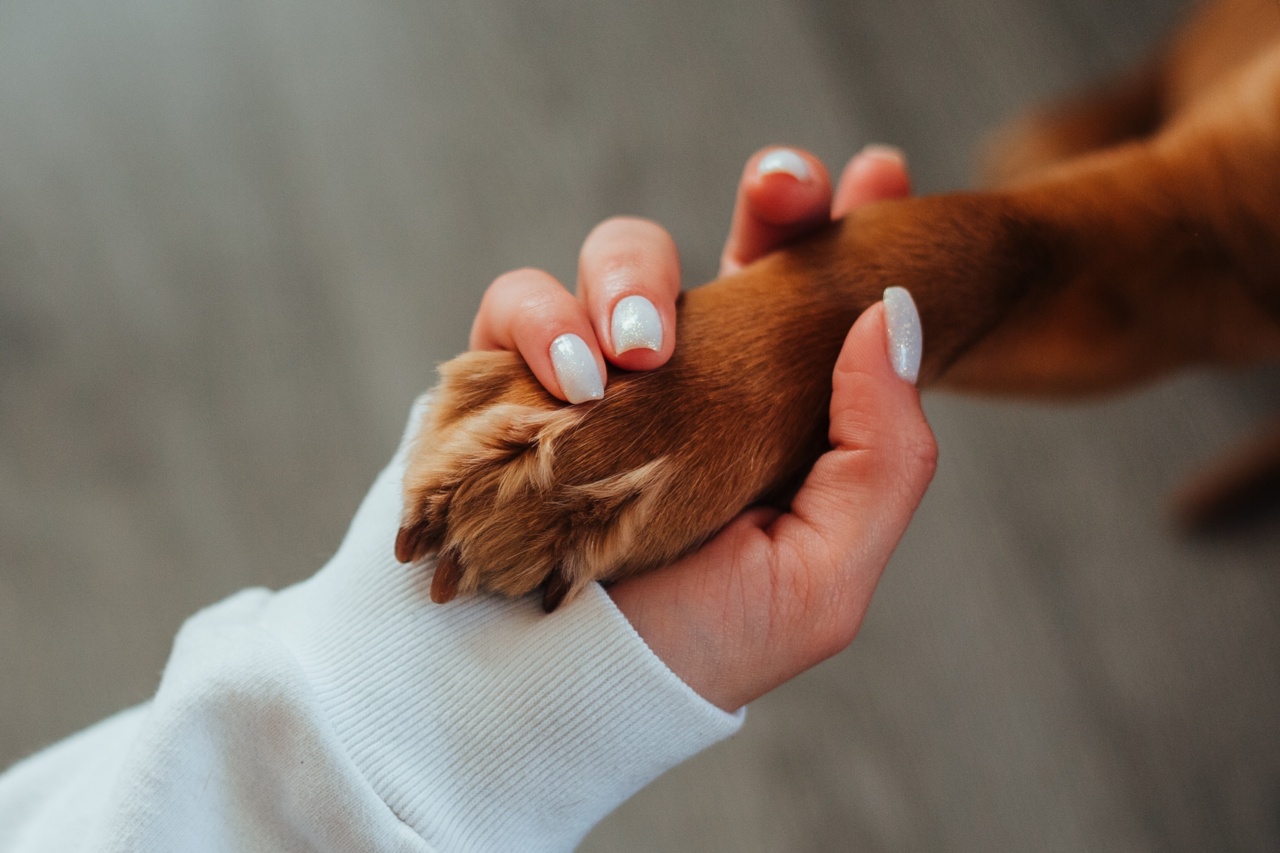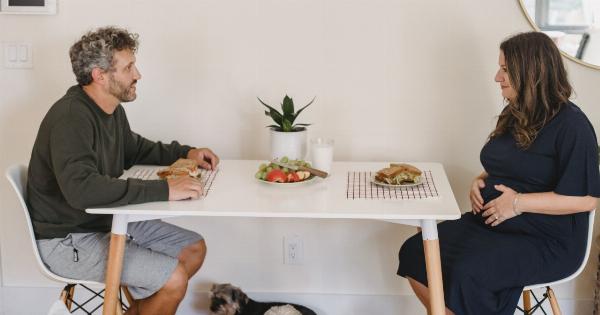If you have a reactive dog, you know how challenging it can be to walk them in public or have them interact with other dogs or people. Reactivity in dogs is often driven by fear, anxiety, or a lack of socialization.
Fortunately, there are effective training techniques that can help reduce your dog’s reactivity. With patience, consistency, and positive reinforcement, you can gradually change your dog’s behavior and help them become more relaxed and comfortable in various situations.
1. Identify Triggers
The first step in reducing your dog’s reactivity is identifying their triggers. What sets off your dog’s reactive behavior? It could be other dogs, strangers, loud noises, or specific environments.
Pay close attention to your dog’s body language and behavior when they encounter their triggers. This will help you understand their triggers better and tailor your training accordingly.
2. Counter Conditioning
Counter conditioning is a technique that aims to change your dog’s emotional response to their triggers. It involves pairing their triggers with positive experiences to create a more positive association.
For example, if your dog is reactive to other dogs, start by gradually exposing them to well-behaved and calm dogs at a distance where your dog remains relaxed. Reward your dog with treats, praise, and play for calm and non-reactive behavior. Over time, decrease the distance between the dogs and continue rewarding your dog for their positive behavior.
3. Desensitization
Desensitization involves gradually exposing your dog to their triggers in a controlled manner to reduce their reactivity. Start with a low-intensity version of the trigger and gradually increase the intensity as your dog becomes more comfortable.
For example, if your dog is reactive to people, start by having a stranger stand at a distance where your dog remains calm. Reward your dog for calm behavior and gradually decrease the distance between your dog and the person. With repeated sessions, your dog will become desensitized to the trigger, reducing their reactivity.
4. Focus and Attention Training
Teaching your dog to focus on you and maintain attention even in the presence of triggers is essential for reducing reactivity. Start by teaching your dog a strong “focus” or “look at me” command.
Practice this command in a calm environment, gradually introducing distractions. Reward your dog for making eye contact and maintaining focus on you.
Once your dog has mastered the command in low-distraction environments, gradually increase the difficulty level by practicing in more challenging situations with their triggers present.
5. Clicker Training
Clicker training is a useful technique for reducing reactivity as it helps capture and reinforce desirable behaviors. Start by associating the sound of the clicker with rewards.
Then, when your dog exhibits calm behavior in the presence of their triggers, use the clicker to mark the behavior and immediately follow it with a treat or praise. With consistent practice, your dog will start associating the sound of the clicker with positive experiences and will be more likely to display calm behavior in triggering situations.
6. Gradual Exposure
Gradual exposure is crucial to reducing reactivity. Pushing your dog too quickly or exposing them to overwhelming situations can worsen their reactivity.
Gradually increase the difficulty level of training exercises, exposing your dog to slightly more challenging situations each time. This will help build their confidence and teach them appropriate coping mechanisms.
7. Seek Professional Help
If your dog’s reactivity persists or worsens despite your best efforts, it may be necessary to seek help from a professional dog trainer or behaviorist.
They can provide guidance, develop a customized training plan, and offer additional strategies to address your dog’s reactivity effectively.
8. Consistency and Positive Reinforcement
Consistency is key when training a reactive dog. Establish clear rules and boundaries, and ensure that everyone interacting with your dog follows them. Consistently reward and reinforce calm and non-reactive behavior with treats, praise, and play.
Punishment or aversive techniques should be avoided, as they can worsen reactivity and damage the trust between you and your dog.
9. Manage the Environment
Managing your dog’s environment can greatly contribute to reducing their reactivity. Avoid known triggers whenever possible and gradually introduce them in a controlled manner during training sessions.
Use tools such as a front-clip harness or head halter to have better control over your dog’s movements during walks. Create a calm and safe space at home where your dog can relax and retreat when needed.
10. Patience and Understanding
Reducing your dog’s reactivity is a gradual process that requires patience, understanding, and empathy. It is important to remember that reactivity can stem from fear or anxiety, and forcing or rushing the process can worsen the problem.
Celebrate small victories and be patient with setbacks. With time, consistency, and positive reinforcement, your dog can overcome their reactivity and enjoy a happier and more relaxed life.



























